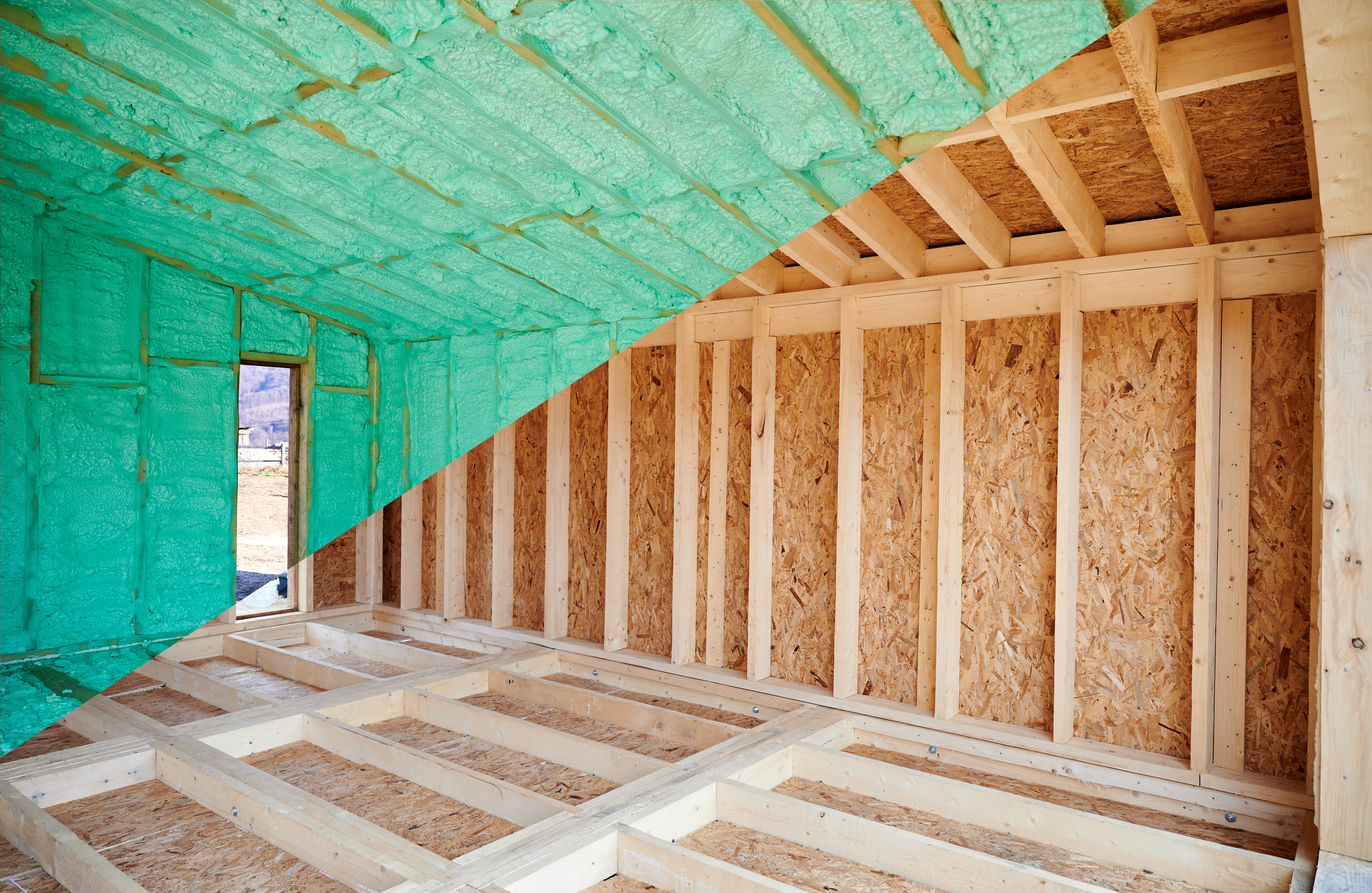Breaking News Blast
Stay updated with the latest news and insightful articles.
Insulation: Your Home's Cozy Secret
Discover how insulation can transform your home into a cozy haven while saving on energy bills. Uncover your home's best-kept secret!
Understanding the Different Types of Insulation: Which One is Right for Your Home?
When it comes to insulating your home, it's essential to understand the different types of insulation available, as each serves a unique purpose and offers distinct benefits. Fiberglass insulation, one of the most common options, is made from tiny glass fibers and is known for its effectiveness in both thermal and sound insulation. Other popular choices include spray foam insulation, which expands to fill gaps and can create an excellent air barrier, and cellulose insulation, an eco-friendly option made from recycled paper. Homeowners should also consider mineral wool, which is not only fire-resistant but also provides soundproofing capabilities, making it ideal for certain areas of the house.
Choosing the right type of insulation depends on several factors, including your budget, climate, and specific needs within your home. For instance, if you're looking for an option that provides high energy efficiency, spray foam might be the best choice, despite its higher upfront cost. On the other hand, fiberglass batts are often more affordable and easier to install. Before making a decision, it's a good idea to assess the existing insulation in your home, as well as to consult with a professional who can provide tailored recommendations based on your unique situation.

How Insulation Impacts Your Energy Bills: Saving Money and Increasing Comfort
Insulation plays a crucial role in managing your home’s energy efficiency. By creating a barrier against heat transfer, it helps maintain a consistent indoor temperature, reducing the workload on your heating and cooling systems. This efficiency directly correlates with lower energy bills, allowing homeowners to save money in the long run. Inadequate or poorly installed insulation can lead to significant energy loss, causing systems to work overtime. Investing in high-quality insulation can thus be one of the most effective strategies for saving money while enhancing your home’s comfort levels.
Moreover, proper insulation contributes to a more comfortable living environment. In the winter, it keeps warm air from escaping, and in the summer, it prevents hot air from infiltrating your home. This balance not only protects you from extreme temperature fluctuations but also makes your home easier to heat and cool. A well-insulated space can lead to improved indoor air quality and reduced noise levels, contributing to a peaceful atmosphere. Ultimately, investing in insulation is not just about cutting costs; it’s about fostering a cozy, serene environment for you and your family.
Common Myths About Home Insulation: What You Need to Know
Home insulation is often surrounded by common myths that can lead to misconceptions about its effectiveness and importance. One prevalent myth is that insulation is only necessary in cold climates. In reality, proper insulation plays a critical role in maintaining a comfortable indoor environment regardless of the season. It helps keep your home cool in the summer and warm in the winter, reducing energy costs year-round. Additionally, many homeowners believe that all insulation materials are the same, but the truth is that different types of insulation have varying R-values, which determine their effectiveness at resisting heat flow.
Another myth is that adding more insulation always leads to better energy efficiency. While it’s essential to have adequate insulation, over-insulating can cause issues such as moisture buildup and decreased air quality. It’s crucial to strike the right balance and assess your home’s unique conditions before making any changes. Furthermore, some people think that insulation doesn’t require maintenance, but in fact, it’s essential to periodically check for damage and ensure that all areas of your home are properly insulated to achieve optimal performance.